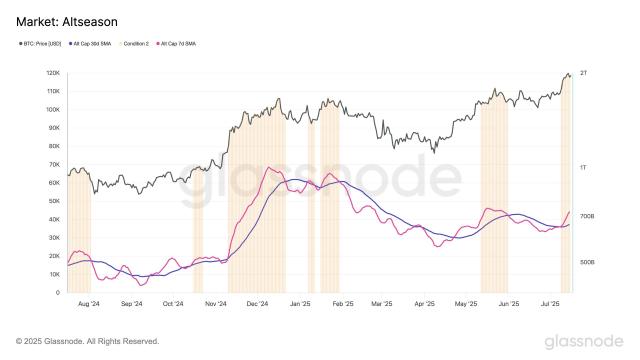Chainfeeds Introduction:
The intuitive feeling is "not adapting well".
Article Source:
https://x.com/tmel0211/status/1914920299155566931
Article Author:
Haotian
Viewpoint:
Haotian: Application Maturity Fault Line: A2A and MCP can quickly popularize in the Web2 domain because they serve sufficiently mature application scenarios, essentially being "value amplifiers" rather than value creators. Most Web3 AI Agents are still in the primary stage of one-click Agent publishing, lacking deep application scenarios (such as DeFAI, GameFAI), making these protocols difficult to directly connect and generate value. For example, users can compile code in Cursor and use the MCP protocol as a connector to update and publish code to Github without leaving the current work environment, with the MCP protocol playing an icing-on-the-cake effect. However, in the Web3 environment, when users try to execute on-chain transactions with locally fine-tuned strategies, they might become completely lost when trying to extend and analyze on-chain data. Infrastructure Missing Pit: To build a complete ecosystem, Web3 AI Agents must first fill the severely missing underlying infrastructure, including unified data layer, Oracle layer, intent execution layer, decentralized consensus layer, and so on. Often, in the Web2 environment, A2A protocols allow Agents to easily call standardized APIs to achieve functional collaboration, but in the Web3 environment, even a simple cross-DEX arbitrage operation faces huge challenges. Imagine a scenario where a user instructs an AI Agent to "buy from Uniswap when ETH price is below $1600 and sell when the price recovers", this seemingly simple operation requires the Agent to simultaneously solve real-time on-chain data parsing, Gas fee dynamic optimization, slippage control, MEV protection, and other Web3-specific issues. In contrast, Web2 AI Agents only need to call standardized APIs to achieve functional collaboration, with infrastructure sophistication worlds apart from the Web3 environment. Building Web3 AI Differentiated Needs: If Web3 AI Agents simply copy Web2 protocols and functional models, they will struggle to leverage the characteristics of on-chain trading, especially complex issues like data noise, transaction accuracy, and router diversity. Taking intent trading as an example, in the Web2 environment, when a user instructs "book the cheapest flight", A2A protocols allow multiple Agents to easily collaborate; but in the Web3 environment, when a user expects "cross-chain USDC to Solana with the lowest cost to participate in liquidity mining", they not only need to understand user intent but also weigh security, atomicity, and cost erosion, and execute a series of complex operations on-chain. In other words, if seemingly convenient operations expose users to greater security risks, such convenience is meaningless, and the demand is a false demand.
Content Source







